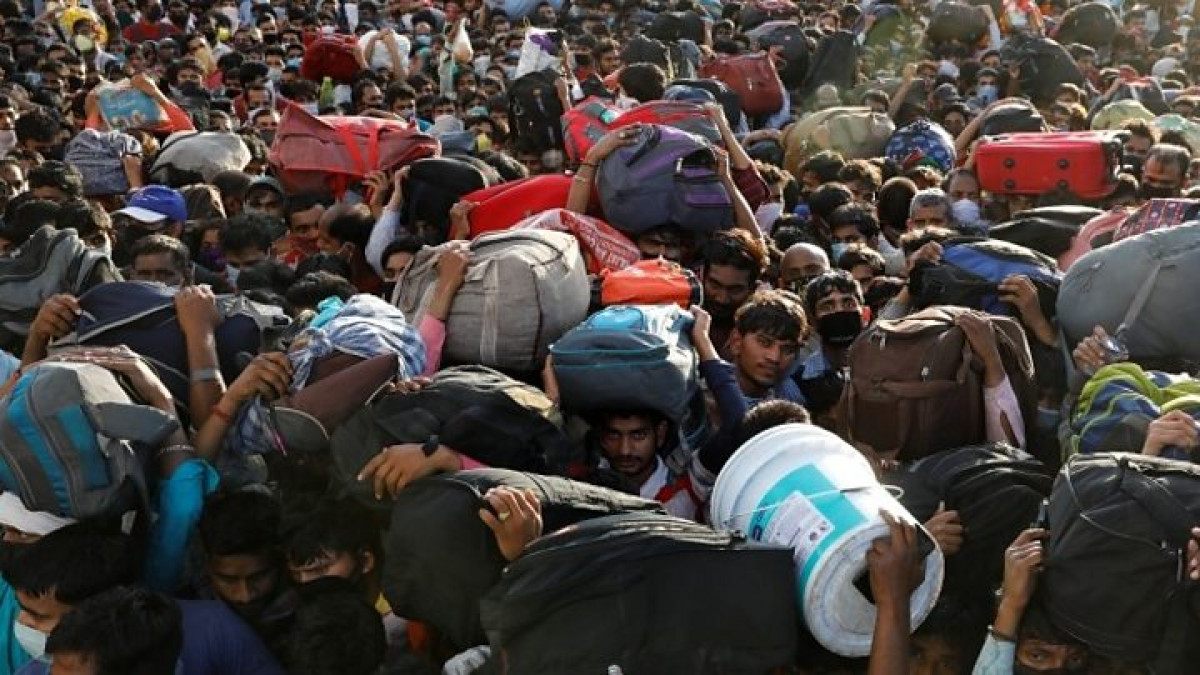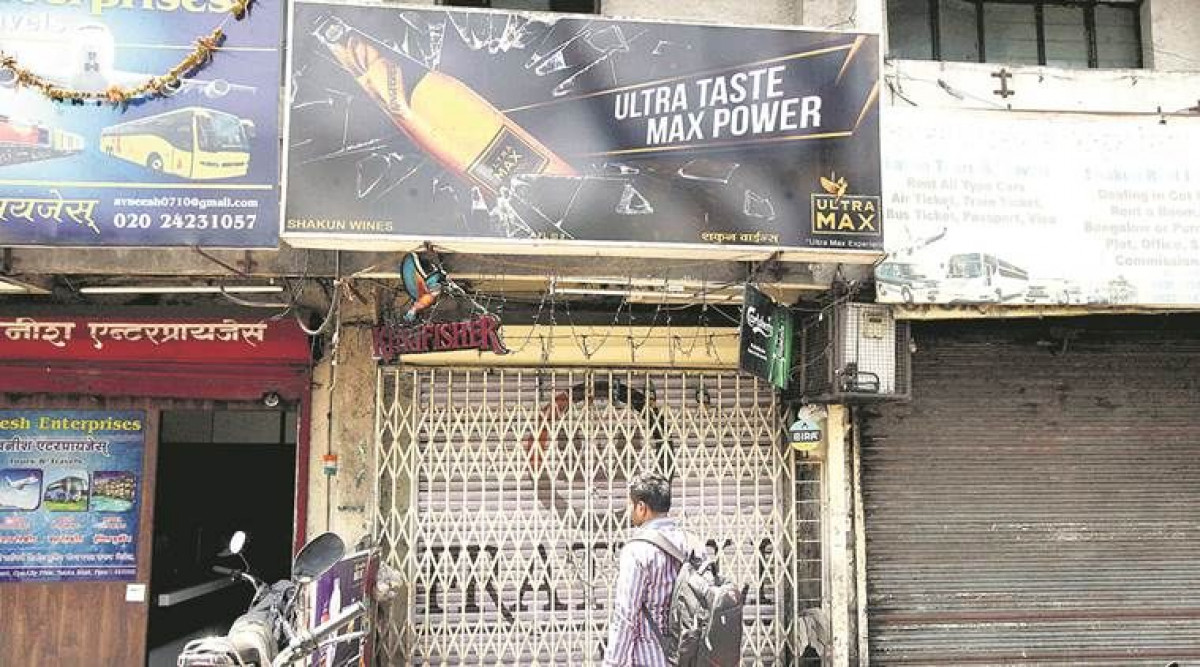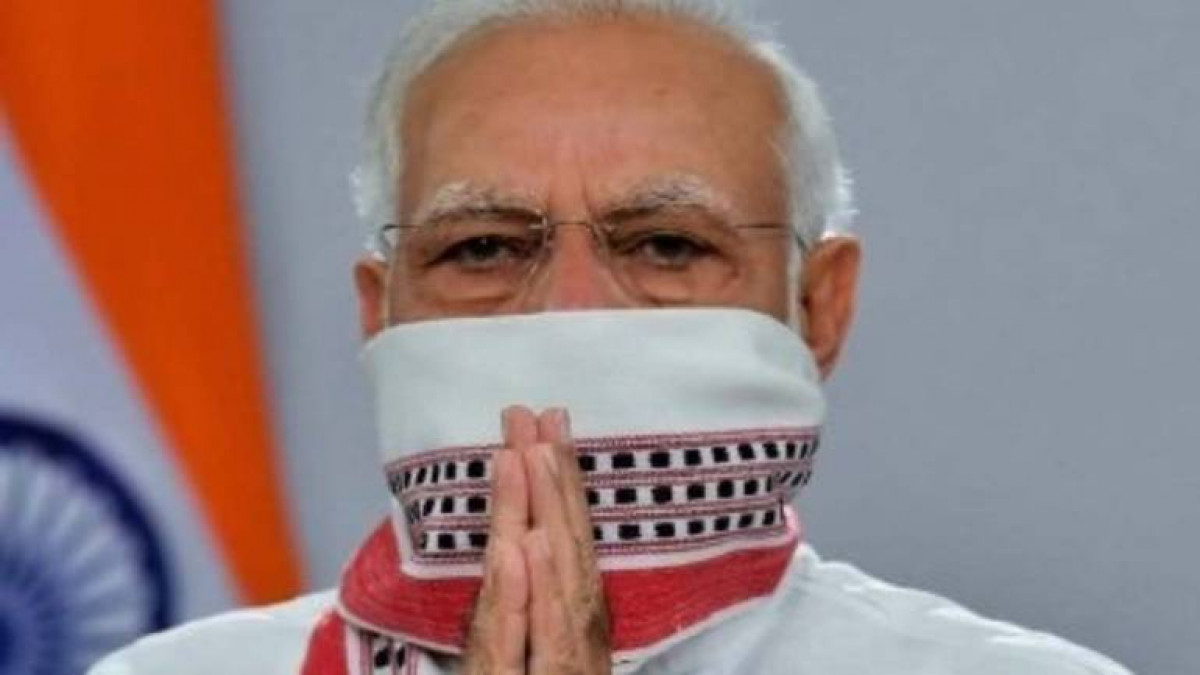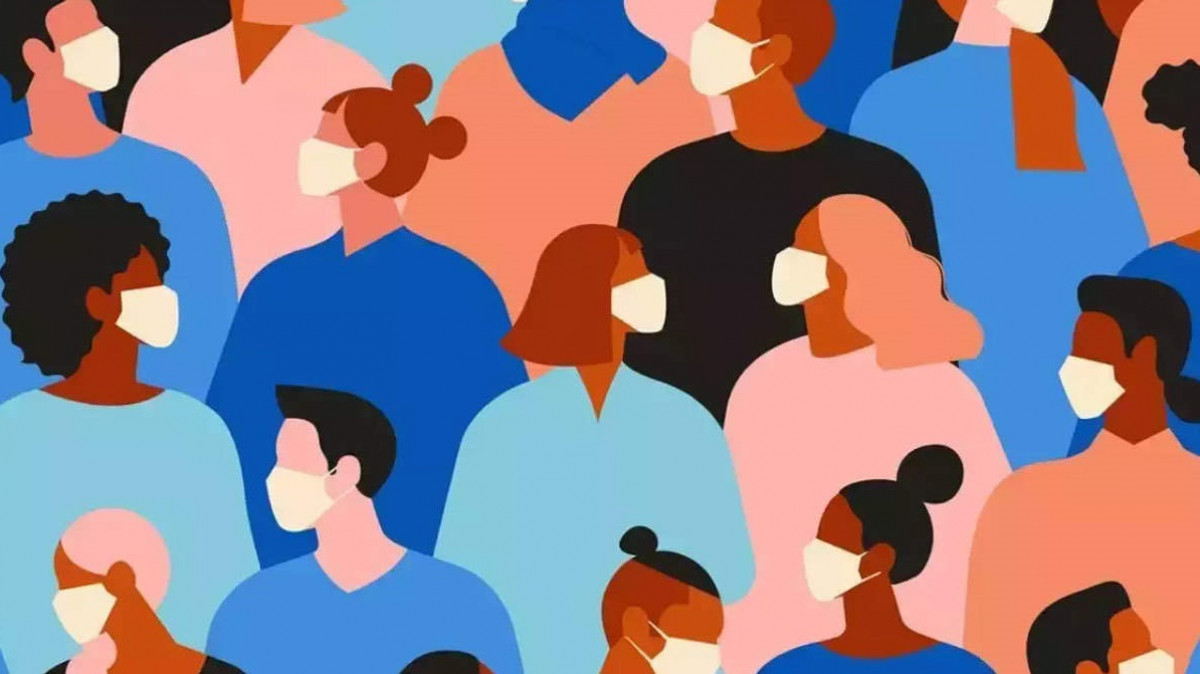Opinion
Life and dignity in the times of 'CoroNationalism'
Nationalism in the name of Corona.

To many Indians, Prime Minister Narendra Modi’s 8 P.M. announcement on 24 March 2020 declaring a nationwide lockdown, midnight onwards, was reminiscent of his demonetisation announcement on 7 November 2016. Both now as well as at that time, a population of 1.3 billion Indians was given just four hours to scramble for their needs -money in 2016, provisions now. Some wondered if 4, 8 and 12 were the Prime Minister’s lucky numbers! The logistics of this seem to have eluded the PM and his advisors completely. Why couldn’t we be given 24 hours instead of just four? Would that make it impossible for the government to put an end to black money and terror funding, which was the raison d’etre for demonetisation in the first place? Would that make it impossible for them to contain the spread of the coronavirus?
As it turned out, demonetisation did not achieve its desired objectives. Both black money and terror funding continue to exist in India. It is likely that the corona pandemic too will not bring the desired results. Two days prior to the lockdown, the Prime Minister announced what he called a Janata Curfew from 7 am to 9 pm. Many state governments extended the Janata Curfew till 5 A.M. the following morning. But the highlight of the Janata Curfew was the Prime Minister’s unoriginal edict that at 5 pm, the public should come out on to their balconies and clap for India’s “Corona Warriors” (Unoriginal, because this was an idea he copied from Spain and Italy).
Nevertheless, the people dutifully obeyed. Except that they over-enthusiastically stepped out of their balconies and got on the streets in large numbers, throwing “social distancing”, which was the need of the hour, for a toss. Not only did they clap and clang utensils as the PM had ordained, but they also waved the national flag. Seeing them, I hit upon a new coinage—CORONATIONALISM. Nationalism in the name of Corona.
Now, this wasn’t off the mark. It seems to me that the coronavirus has aided the ruling dispensation in its nationalist project. As Suhas Palshikar has suggested in an Indian Express article, it has automatically swept under the carpet critical issues before the government, such as the abrogation of Article 370 in Jammu and Kashmir, and the controversial CAA and NRC bill. Corona has enabled the regime to disband the protests at Shaheen Baug in New Delhi, which for months they were unable to do. Corona has hijacked issues inconvenient to the BJP, such as compromising the independence of the judiciary by nominating former Chief Justice of India Ranjan Gogoi to the Rajya Sabha. And corona has silenced the opposition.
Overnight, the 24 March lockdown converted India from a welfare state to a police state, as Vinod Dua and others have said. This is ironic since the lockdown was imposed for the welfare of the people to start with; it was imposed to save us from being killed by the dreaded coronavirus. But now the police have substituted the virus. They mercilessly beat people up and humiliate them by making them grovel on the roads.
Were the police sensitised in the four hours between 8 P.M. and 12 midnight on 24 March, and told how to deal with the populace for whom such a nationwide lockdown was as novel as the novel coronavirus itself? The answer is a resounding NO. Like the Gestapo, the police thus began to think they had unlimited power and were accountable to none. They were totally blind to the fact that the people were not on the roads for fun, but because, as in the case of migrant labourers, they were desperate to get back to their villages in an attempt not to die of starvation.
And because the government suddenly stopped all train and bus services—a move unprecedented in the whole world—they had no option but to trek to their villages, sometimes as far as 500 kilometres away, in the scorching sun. Some died out of thirst and exhaustion on the way, and once again this was reminiscent of the deaths that happened in ATM queues in the aftermath of demonetisation. Also, let us not forget that half of urban India lives in slums, where, as many as ten members of a family might spend their entire lives in a ten by ten kholi. The menfolk often sleep out in the open in the summer. Isn’t it inhuman to expect them to stay cooped up in such a cramped space for three whole weeks?
The government has announced relief packages for the poor. But will everyone universally benefit from this? Will the mechanic who runs a two-wheeler repair shop in my building, and who is forced to shut shop because of the lockdown, benefit? Will my hairdresser whose shop is similarly closed benefit? Will my friend who is an Uber driver that cannot bring his vehicle on the roads, benefit? I am not sure. Moreover, will the millions that industrialists and film stars are donating to the government in the name of corona really be used to build more hospitals and manufacture more safety equipment for doctors and nurses? Or will this money eventually be siphoned off elsewhere?
Then there was the issue of branding people. The infected were the damned. Rather than being compassionate to them in—as in the case of those who died—their final hours, they were hounded out of houses, buses and trains and thrown into isolation wards, like AIDS patients in the 1990s and early 2000s, where none, including their family members, were allowed to come anywhere close. No wonder, the branded tried their level best to escape detection. Branding has a dubious history. The Nazis branded Jews and homosexuals. US authorities fingerprint immigrants from third world countries, including India.
The British branded certain tribes in India as thieves, as Laxman Gaikwad so poignantly brings out in his autobiography, The Branded. And now, Corona becomes the latest excuse to brand and stigmatise human beings. That corona aids the regime’s Hindu nationalist project, so that now the letters NRC may be said to stand for National Register of Corona, rather than National Register of Citizens, is proved by their Islamophobia in relation to the Nizamuddin Markaz event. Today, the Tableegis who congregated at the Nizamuddin mosque are India’s black sheep.
But have we mulled over the facts for a moment? Hundreds prayed at various Hindu temples in India even after 15 March. Bombay’s Siddhi Vinayak temple was open till 16 March. The Ujjain Mahakal Mandir and the Sai Baba temple in Shirdi were open till 17 March. The Vaishno Devi temple in J & K was open till 18 March. And the Kashi Vishwanath temple in Varanasi was open till 20 March. Couldn’t pilgrims here, too, spread infection? Was anyone tested to see if they were positive? Besides, Parliament was in session till 23 March, a day after the Janata Curfew, and the Chief Minister’s swearing-in ceremony in Madhya Pradesh also took place on 23 March. So why the hypocrisy?
Is the lockdown really the solution to the coronavirus? Several intellectuals beg to differ, be it an Indian-origin Professor of Global Health at Harvard University (who, incidentally, was assaulted by the police in Goa on the first night of the lockdown), or a Public Health Consultant interviewed by journalist Karan Thapar. These gentlemen are unanimously of the view, that a prolonged lockdown might lead to more deaths in India from economic distress than the coronavirus itself.
That is perhaps why no other country in the world has opted for the sort of nation-wide lockdown that India has. In China, the lockdown was restricted to the Wuhan Province alone. America hasn’t grounded its planes. In fact, the New York Governor was on CNN last night, pointing out that it was unnatural for human beings to stay without touching, hugging and kissing each other. Can we expect our politicians to give such a humane slant to their speeches? South Korea dealt with the coronavirus through massive testing, without imposing a lockdown. There is no lockdown in neighbouring Pakistan. In India, social distancing could have been achieved through the invocation of Section 144 rather than a lockdown.
The Devil’s advocates will say that it is because of India’s total lockdown that there are fewer deaths here than in other countries. But can we be sure of the numbers? Given our inadequate testing facilities, it is likely that many more people are infected than the official figures show. Besides, today, 2nd April, is the ninth day of the lockdown. But the numbers steadily seem to be going up rather than down. Will the lockdown really end on 14 April? Two days ago, the Chief Secretary went on air to warn people not to believe in rumours that the lockdown will be extended. Yet, experts point out that for a lockdown to really serve its purpose, it must continue for at least seven to eight weeks. There are speculations that the Prime Minister might lift the lockdown on 14 April (at 8 P.M. again?), only to re-impose a longer lockdown a few days later. Let me end with the sycophancy of the media. Barring one or two newspapers and a lone TV news channel, the rest of the media has engendered the death of Critical Distance. They have become the regime’s talking parrots. If they say lockdown, the media says lockdown. If they say social distancing, the media says social distancing. If they say Pakistan is the enemy, the media says Pakistan is the enemy.
Many TV channels ridiculed the Pakistani Prime Minister Imran Khan for not imposing a lockdown and talking about faith healing instead; not taking into account that a poor country like Pakistan cannot afford a lockdown. Why don’t we see more of the regime’s critics like Shashi Tharoor, Yogendra Yadav and Ramachandra Guha on TV nowadays? Weren’t radio, TV and print journalists taught in media school, from where they graduated, that the press is the Fourth Estate that must be the watchdog of the constitution, to see that the legislature, executive and judiciary do not trample upon it? Must journalists only safeguard their own jobs by kowtowing to the policies of their multinational employers, desperate for governmental favours?
R. Raj Rao is a well-known writer and former Professor and Head of the Department of English at Pune University





